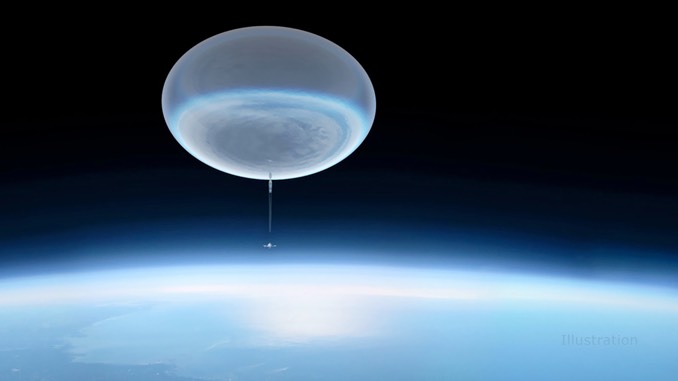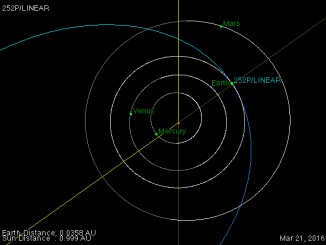
Engineers at NASA’s Jet Propulsion Laboratory are designing an infrared-sensitive telescope that will fly 40 kilometres (130,000 feet) above Antarctica suspended below a 150-metre-wide (400-foot-wide) balloon for up to four weeks at a time.
Equipped with a 2.5-metre (8.4-foot) dish antenna and detectors maintained at a temperature near absolute zero, the ASTHROS observatory will measure the motion and velocity of gas around infant stars and map the presence of specific types of nitrogen ions to shed light on feedback mechanisms that can accelerate star formation.
Its first mission in late 2023 also will study the galaxy Messier 83 to learn more about the effects of stellar feedback on galactic evolution and carry out observations of TW Hydrae, a young star that features a broad disc of gas and dust where planets may be forming.
At the end of the mission, the solar-powered observatory will be released from the balloon for a parachute descent to Earth where engineers will be waiting to recover, refurbish and re-launch the telescope on another mission.
“Balloon missions like ASTHROS are higher-risk than space missions but yield high-rewards at modest cost,” said JPL project manager Jose Siles. “With ASTHROS, we’re aiming to do astrophysics observations that have never been attempted before. The mission will pave the way for future space missions by testing new technologies and providing training for the next generation of engineers and scientists.”
ASTHROS stands for Astrophysics Stratospheric Telescope for High Spectral Resolution Observations at Submillimetre-wavelengths. When fully inflated with helium, the balloon will be roughly the size of a football stadium. A gondola will carry the instrument’s dish antenna and a series of lenses, mirrors and superconducting detectors cooled to ultra-low temperatures by a solar-powered cryocooler.
The team expects stratospheric winds to carry the balloon through two or three loops around the South Pole in three to four weeks. At the end of a mission, flight controllers will send commands to cut away the gondola. As it falls to Earth, a parachute will deploy to ensure a safe descent.
“We will launch ASTHROS to the edge of space from the most remote and harsh part of our planet,” said Siles. “If you stop to think about it, it’s really challenging, which makes it so exciting at the same time.”



